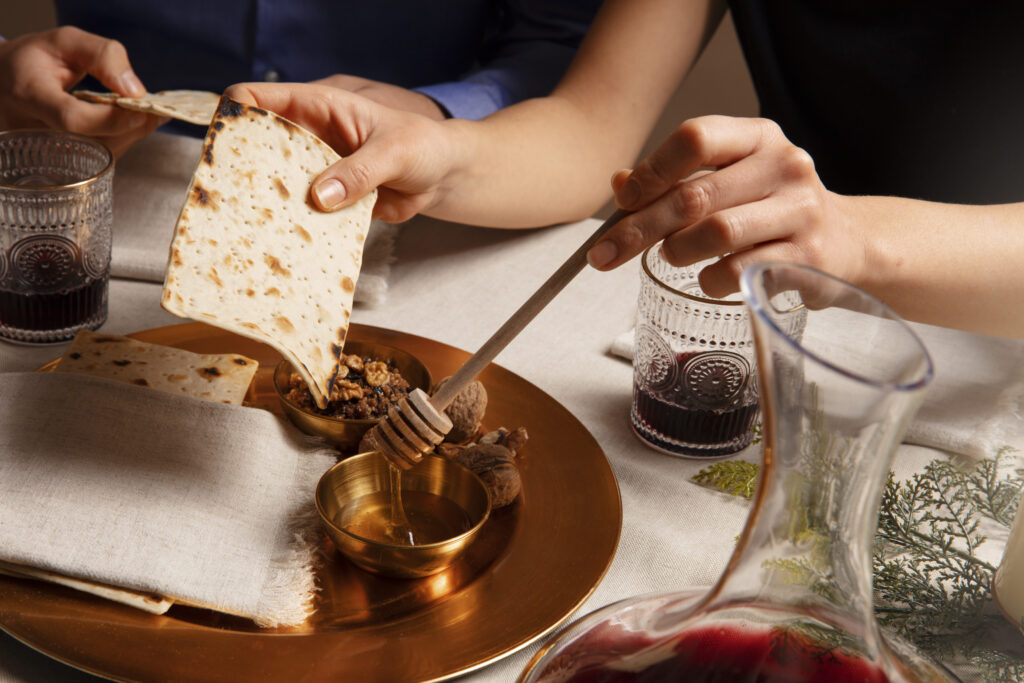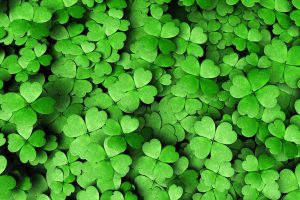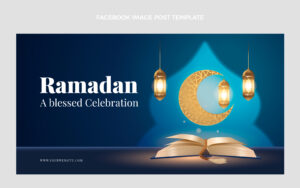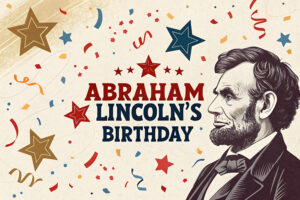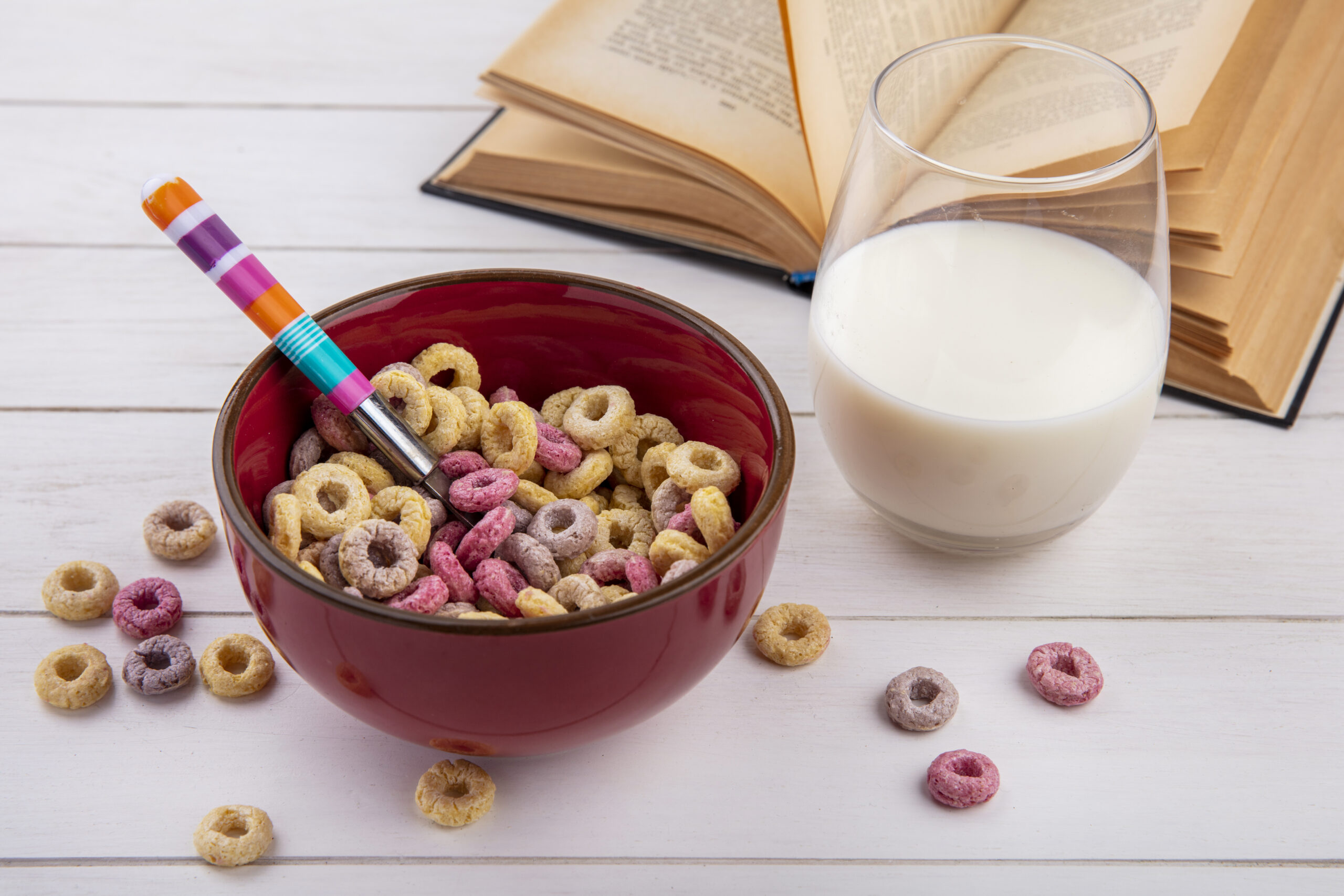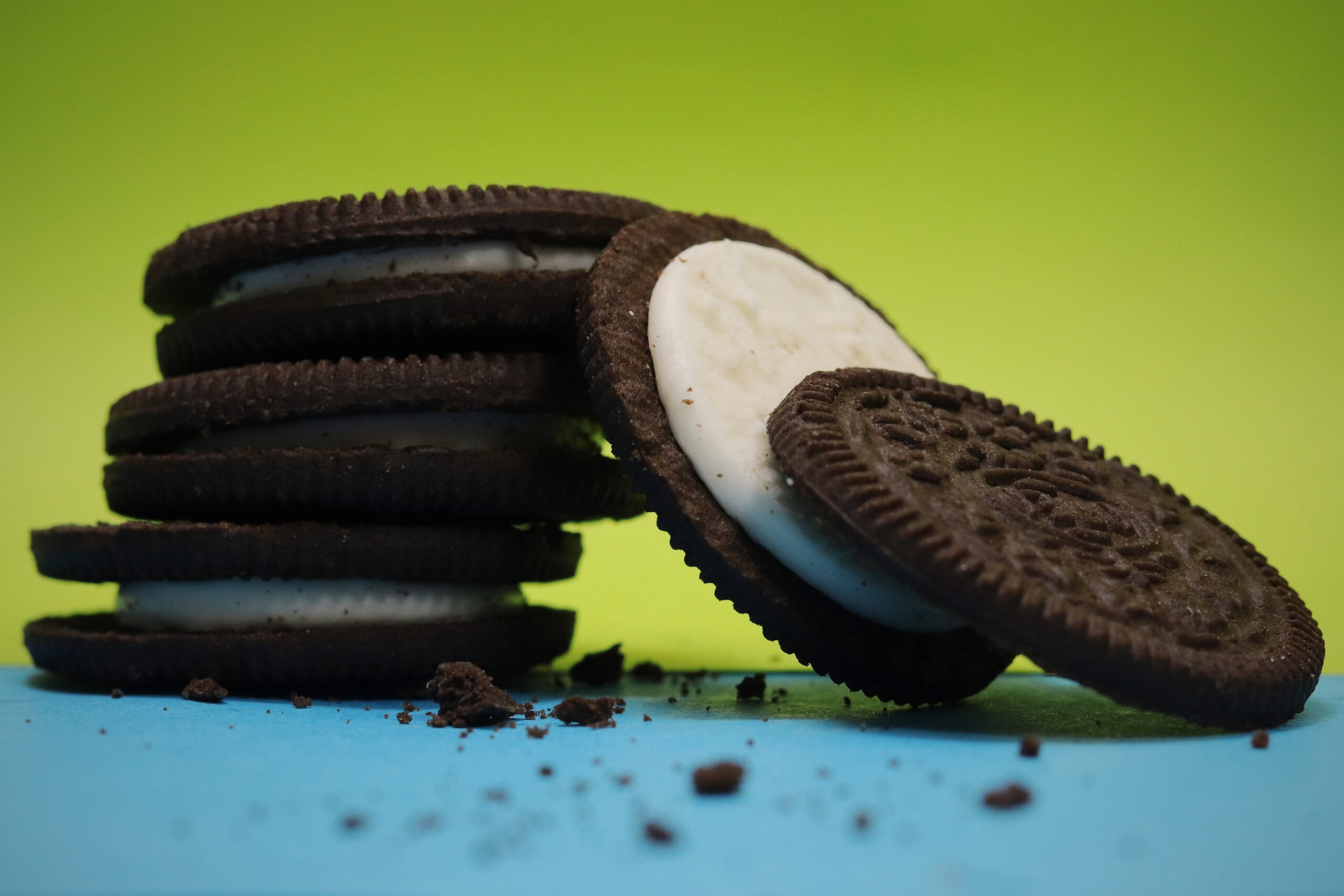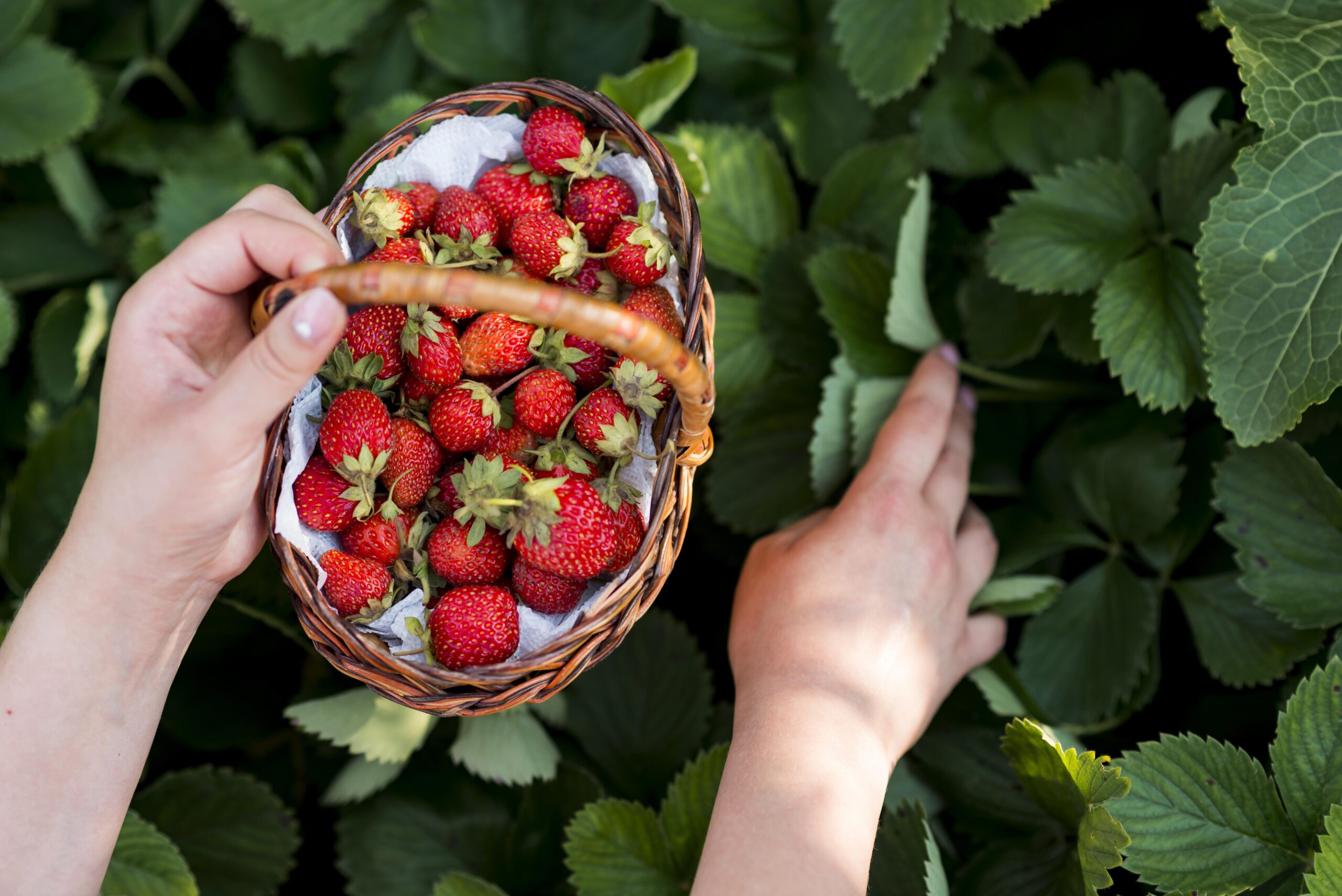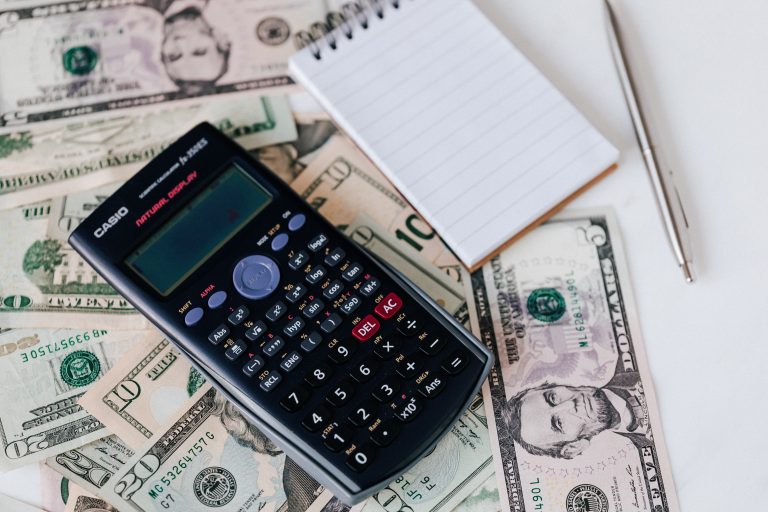This holiday is the first day of the Jewish ritual of Passover, which lasts seven days. The festival celebrates the Jew’s freeing from the Pharaohs of Egypt 3,300 years ago. It is marked by a feast gathering of close family and friends. Passover starts the 15th day during the Jewish month of Nisan, which is sometime in March or April—the full moon after the vernal equinox. Passover is also called the Feast of Unleavened Bread.
Biblical Background
In Leviticus, the Bible states the requirement to celebrate Passover, but the event’s inspiration comes from Exodus. Although the story of the Jew’s enslavement starts generations before, the story of the Exodus in some ways begins with Moses. When the Pharaoh grew concerned over the growing Jewish numbers, he ordered Hebrew baby boys to be killed. His mother hid him in a basket and placed him in the river, to be found and adopted by a woman in the Egyptian royal family. Moses fled this new home after killing an Egyptian man who was mistreating Jewish slaves. It is then that Moses received his “burning bush” vision and was sent back to Egypt to free the Israelites.
When the Pharaoh did not heed Moses’s requests, Egypt encountered the Ten Plagues, after which the Pharaoh let the Jewish people go. However, the Passover story comes specifically from the tenth plague, in which the Angel of Death killed all the firstborn sons except for the Israelite’s marked doors. The name comes from the event of the angel “passing over” the Hebrew houses.
Traditions
The first day of Passover is marked with the Passover Seder, a feast eaten with close family and friends. At the feast, the story of the Jew’s release is retold from the Haggadah, and at specific times during the story, participants drink a cup of wine. The morning before this meal is called the Fast of the Firstborn, during which firstborns often fast. The meal includes matzos, or loaves of unleavened bread, and other items on the Passover Seder Plate. This plate features foods symbolic to the story of the Passover which are eaten at specific times during the story. Along with matzo, the Seder Plate includes:
- Mazor and chazeret. These bitter herbs remind participants of the harsh treatment of the Jews during their enslavement.
- Karpas. This vegetable, which must be different than the ingredients used for the aforementioned bitter herbs, such as parsley or celery, is dipped into salt water.
- Charoset. This sweet dish of grated apples, cinnamon, chopped nuts. The brown color and texture is symbolic of the mortar used by the Israelites to build during their enslavement.
- Beitzah. This hard-boiled egg represents the tradition sacrifice in the Temple of Jerusalem.
- Z’ora. The meals meat element, Z’ora can be goat, lamb, or chicken, one of the many sacrifices offered at the Temple of Jerusalem.
These foods are consumed during 15 different stages of the story. At the end of the meal, after a prayer, songs are sung. Participants are also expected to rest during the day, taking advantage of their freedom.
Other elements of the festival include four questions asked by children. The youngest of the children must ask specific questions concerning the Passover Seder, the first of which is why the first night is different from the festival’s other nights. The questions open up a discussion that educates the young children about Passover.
Children are also encouraged to find or steal the afikoman, a piece of matzo that is hidden somewhere in order to help the children pay attention. If the child steals the afikoman, they can negotiate a release.
The following days of Passover also have specific rituals and guidelines, but the first day features the most relaxation and feasting.















